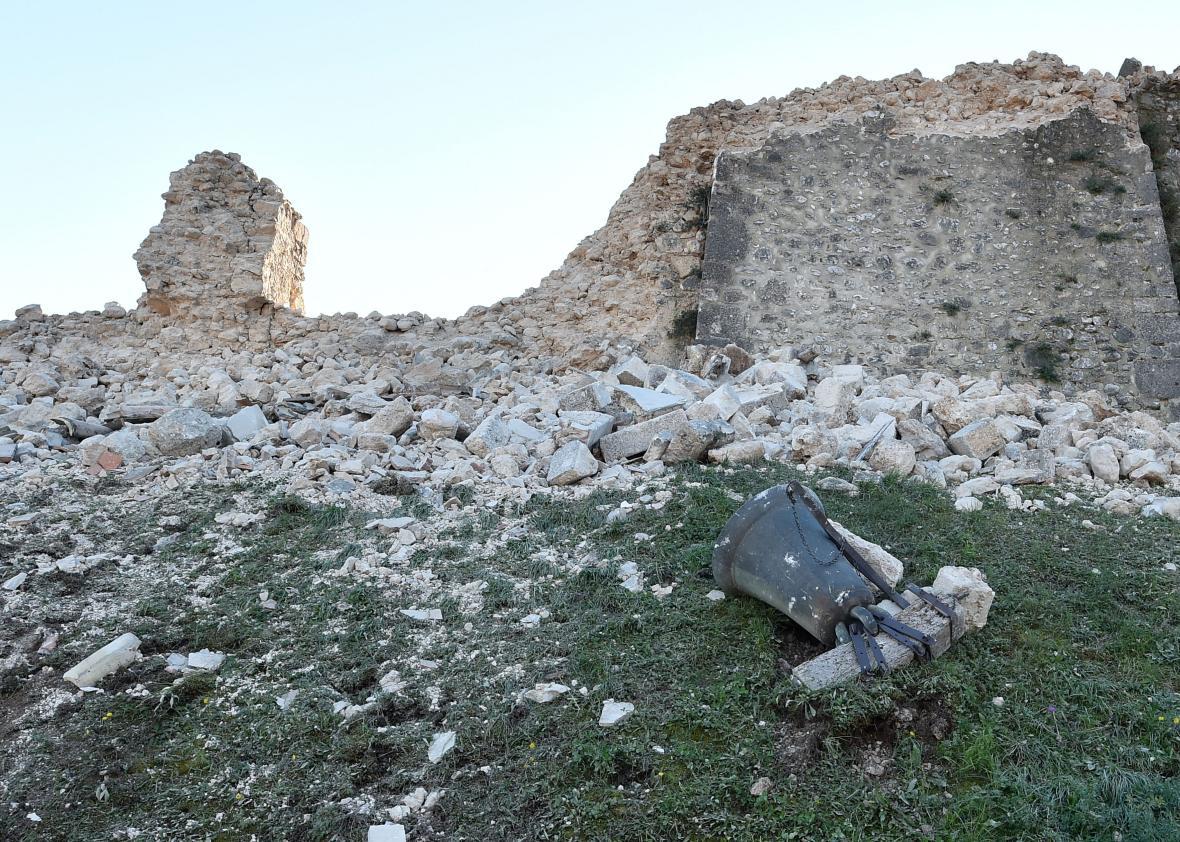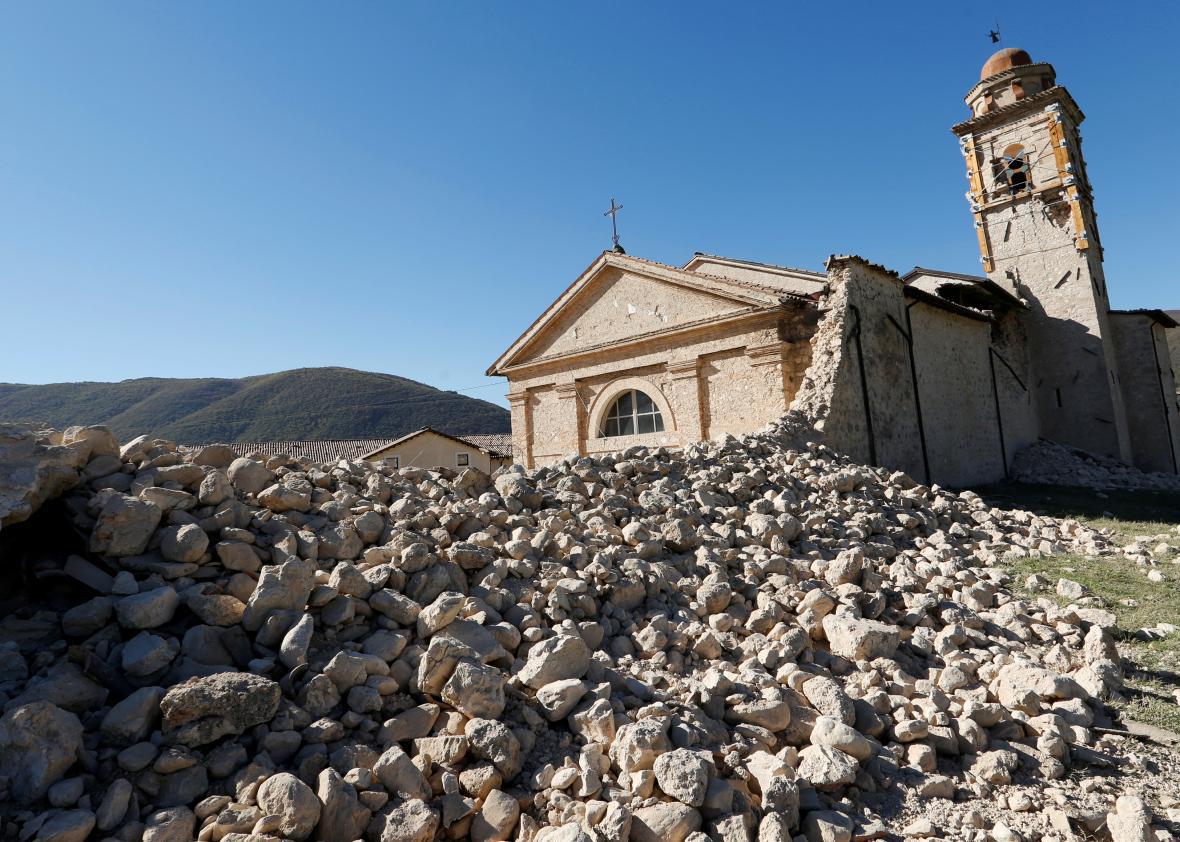Central Italy just can’t catch a break. The region was hit by yet another strong earthquake early Sunday, the latest in a series of tremors that have struck the area over the past few months. The epicenter of the quake was close to the town of Norcia. Homes and historic buildings, including the ancient Basilica of St. Benedict in Norcia, collapsed but no one was killed by the quake that had a magnitude of 6.6 and was the strongest to hit the country since 1980. Around 20 people were reportedly injured, many of them lightly, but no one died even though the quake was stronger than the one that struck in August and killed nearly 300 people.
“As far as people are concerned, the situation is positive but many buildings are in a critical state in historic centers and there are problems with electricity and water supplies,” the head of Italy’s civil protection agency said. The fact that no one was killed by the strong quake reflects how many people have fled the area since August, particularly after the strong aftershock last week. “It was like a bomb went off,” said the town’s deputy mayor, Pierluigi Altavilla. “We are starting to despair. There are too many quakes now, we can’t bear it anymore.”

ALBERTO PIZZOLI/AFP/Getty Images
Sunday’s quake was felt as far north as near the border with Austria and in Rome, where numerous structures including the metro and presidential palace were closed for several hours so authorities could check for damage.
The destruction of the Norcia basilica marks “the single most significant loss of Italy’s artistic heritage in an earthquake since a tremor in 1997 caused the collapse of the ceiling of the Basilica of St Francis in Assisi,” reports Reuters. Nuns, monks and local residents prayed on their knees in front of the shattered church on Sunday. “This is a tragedy. It is a coup de grace. The basilica is devastated,” Bishop Renato Boccardo said.

ALBERTO PIZZOLI/AFP/Getty Images
This marks the third time Italy’s Apennines region has been hit by Magnitude-6 quakes in the past few months. What’s going on? The BBC’s Jonathan Amos explains:
The big picture is reasonably well understood. Wider tectonic forces in the Earth’s crust have led to the Apennines being pulled apart at a rate of roughly 3mm per year — about a 10th of the speed at which your fingernails grow.
But this stress is then spread across a multitude of different faults that cut through the mountains. And this network is fiendishly complicated.
It does now look as though August’s event broke two neighbouring faults, starting on one known as the Laga and then jumping across to one called the Vettore.
The mid-week tremors appear to have further broken the northern end of the Vettore. But both in August and mid-week, it seems only the top portions of the faults have gone, and the big question is whether the deeper segments have now failed in the latest event.
